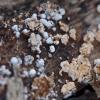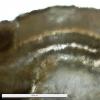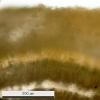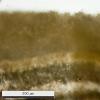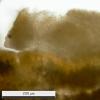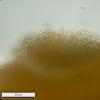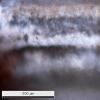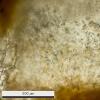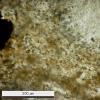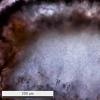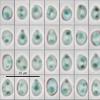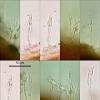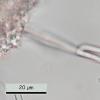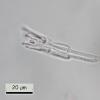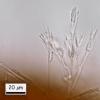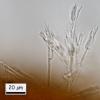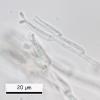
20-12-2025 23:08
Patrice TANCHAUDBonsoir, rĂŠcolte sur sol sablonneux dans l'arriĂ

20-12-2025 15:47
Mirek GrycHi.These grew on pine wood that was heavily covere

18-12-2025 21:17
Pol DebaenstThe identification took me to Byssonectria deformi

15-12-2025 07:09
 Danny Newman
Danny Newman
indet. Rutstroemiaceae sp. on unk. fallen leavesMc

19-12-2025 10:10
Patrice TANCHAUDBonjour, rĂŠcolte rĂŠalisĂŠe en milieu dunaire, a

18-12-2025 17:23
 Bruno CouĂŠ
Bruno CouĂŠ
Bonjour,je serais heureux d'avoir votre avis sur c

18-12-2025 18:07
Margot en Geert VullingsThese plumes were found on rotten wood.They strong

17-12-2025 18:35
 Michel Hairaud
Michel Hairaud
Bonjour à tous/Hi to everyone I am passing along
Hymenobolus agaves anamorph
Miguel Ăngel Ribes,
12-03-2013 00:39
 Good night
Good nightPerhaps someone remember this Hymenobolus agaves: http://www.ascofrance.fr/search_forum/10909
RubĂŠn has foung more collections in another Canary Island, La Gomera. In some collections, between H. agaves apothecium, are growing too a white-orange anamorph, 2-5 mm broad, relatively hard (it is posible to cut it).
Is it posible the anamorph of H. agaves? How to study this anamorph?
This are general views.
Thank you.
Miguel Ăngel Ribes,
12-03-2013 00:44
Miguel Ăngel Ribes,
12-03-2013 00:50
Miguel Ăngel Ribes,
12-03-2013 00:53
Miguel Ăngel Ribes,
12-03-2013 00:55
Hans-Otto Baral,
12-03-2013 08:06

Re : Hymenobolus agaves anamorph
Great, Miguel! Could you please show us a closeup of the conidiogenous cells, were the conidia emerge? I assume they are phialidic. Then we can search in Genera of Hyphomycetes, or someone has an idea.
I have given the previous Hymenobolus specimen for sequencing, I am curious where it could belong.
Zotto
I have given the previous Hymenobolus specimen for sequencing, I am curious where it could belong.
Zotto
Hans-Otto Baral,
12-03-2013 22:56

Re : Hymenobolus agaves anamorph
Hi Miguel
Walter Gams answered me that this is  clearly a Clonostachys, probably Clonostachys solani (Harting) Schroers & W. Gams, which is quite common, often fungicolous, and the anamorph of a Bionectria. So certainly not belonging to Hymenobolus.
Zotto
Walter Gams answered me that this is  clearly a Clonostachys, probably Clonostachys solani (Harting) Schroers & W. Gams, which is quite common, often fungicolous, and the anamorph of a Bionectria. So certainly not belonging to Hymenobolus.
Zotto
Miguel Ăngel Ribes,
13-03-2013 00:15

Re : Hymenobolus agaves anamorph
Hi Zotto, Superb.
Thank you again to resolve this puzzle.
See you.
Thank you again to resolve this puzzle.
See you.



